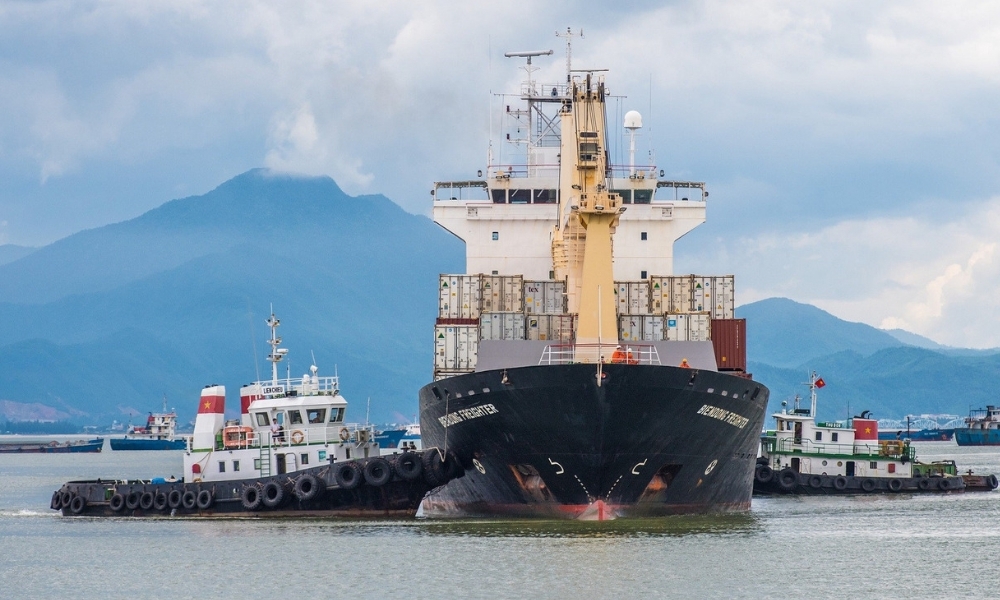
Welcome to our new website, a direct line of communication designed to enhance business relationships by providing a clear and transparent overview of our work.
Our entire company staff are excited about taking up this new challenge, aware that new technologies are the key to continuing to offer the very highest quality and effectiveness in our services.


What’s the hierarchy structure on a freighter?
A cargo ship’s crew is a key element in both ensuring a safe passage during the voyage and in the arrival of the cargo in the expected conditions. To this effect, each of its members is trained to contribute in a specific way to the ship’s function and manoeuvres. This professional crew carefully follows the captain’s instructions, being the ship's maximum authority to direct and control all the activities carried out on board. The hierarchy on the merchant ship not only has a clear disciplinary and work organization function, but also one of social order during the voyage at sea.
The organization of the crew varies depending on factors such as the type of ship or its size. Furthermore, it is also common to find different appellations for each position from country to country. Keeping this in mind, our bunkering agency in the Strait of Gibraltarhas collected some of the main profiles that are the soul and bones of a merchant ship:
The captain: Located at the highest point of the pyramid as the vessel’s utmost authority; the person mainly responsible for the management, operation and overall safety of the ship (crew, ship, cargo and navigation). In addition, they represent the shipowners in front of third parties and control all manoeuvres: it’s their obligation to be on deck during said manoeuvres (e.g.: docking). Their role is above any department or crew member on the ship.
Chief engineer: As head of the engine department, they are responsible for the maintenance and supervision of the propulsion and supportsystems. They are also responsible for making purchase orders that ensure the proper functioning of the ship. They are supported by assistant engineers (first, second and third, depending on their status), specialized in the constant surveillance of the machinery.
Deck officers: They are responsible for covering bridge watches (the ship’s navigation point). These tasks are usually divided among three or more crew members.
Supercargo: This is the officer responsible for loading the ship. They focus on preparing cargo documentation as well as its reception, preservation and delivery.
Boatswain and sailors: The Boatswain is responsible for the sailors and the ship’spreventive and corrective maintenance, under the supervision of the first officer. Any ship currently holds highly specialized crew members (oilers, stevedores, wipers...). Moreover, the cooks and waiters also have a fundamental role in the ship’s structure, guaranteeing the balanced nutrition of the crew during the voyage.
Any of these posts, in whatever type of vessel, requires the appropriate training and experience to carry out each task. For example, to be a Merchant Marine Captain, you need a university degree in Nautical and Maritime Transport, accredited experience as an official, and to pass a suitability test. We should make special mention of the STWC international agreement, which establishes the specific training and certification standards for seafarers.